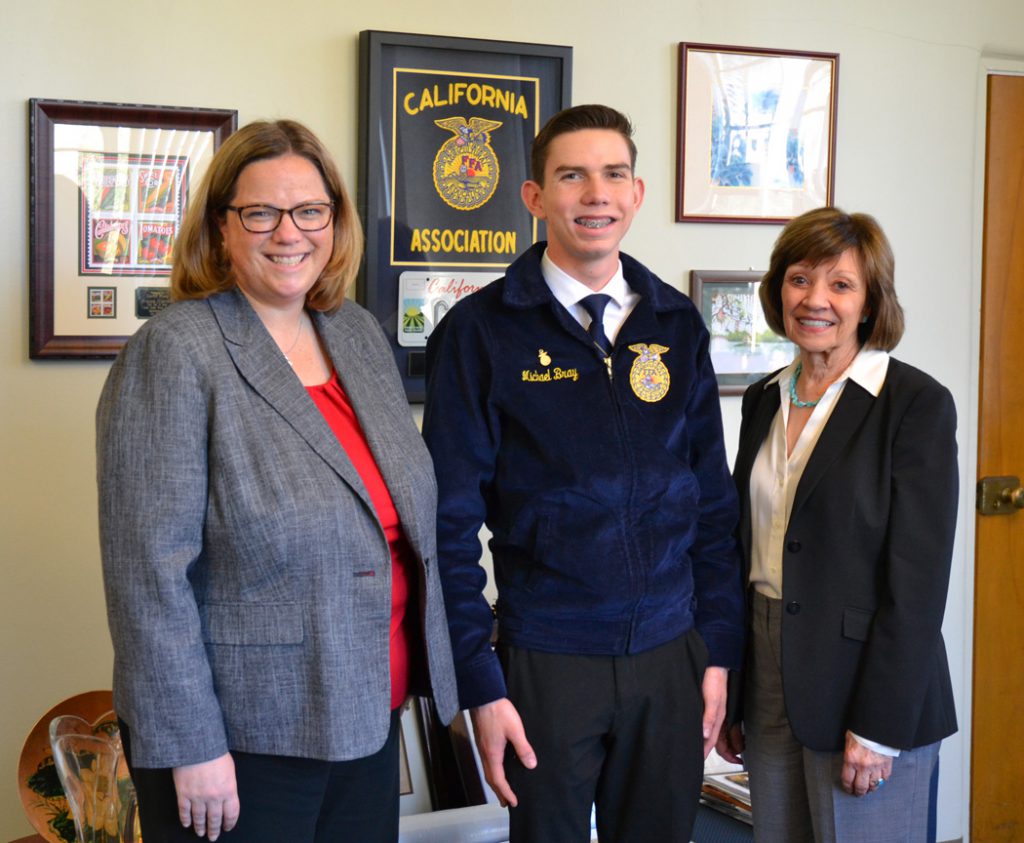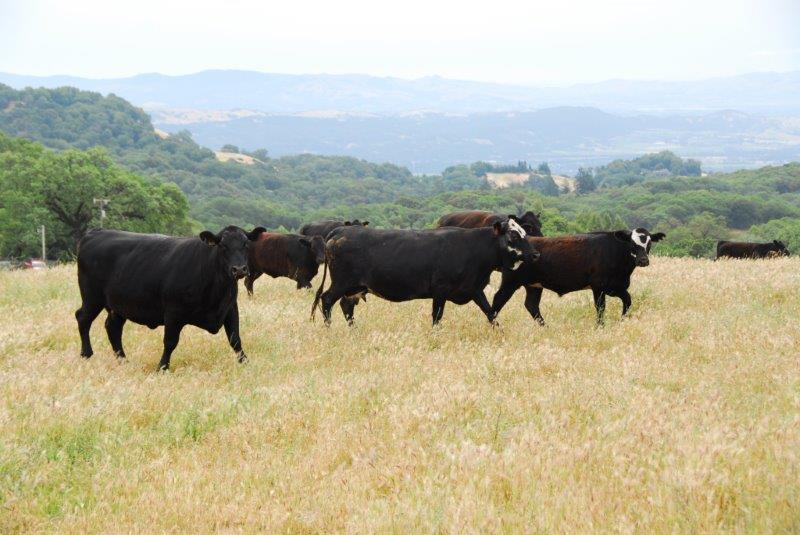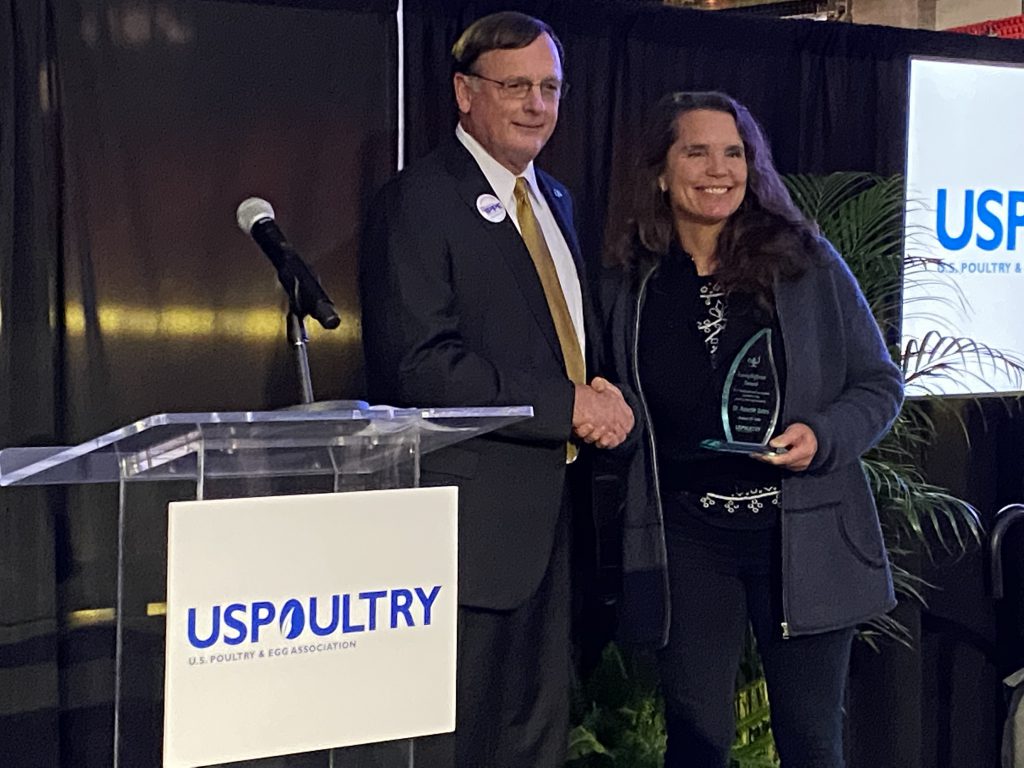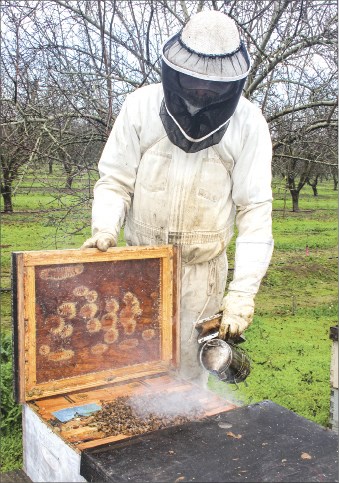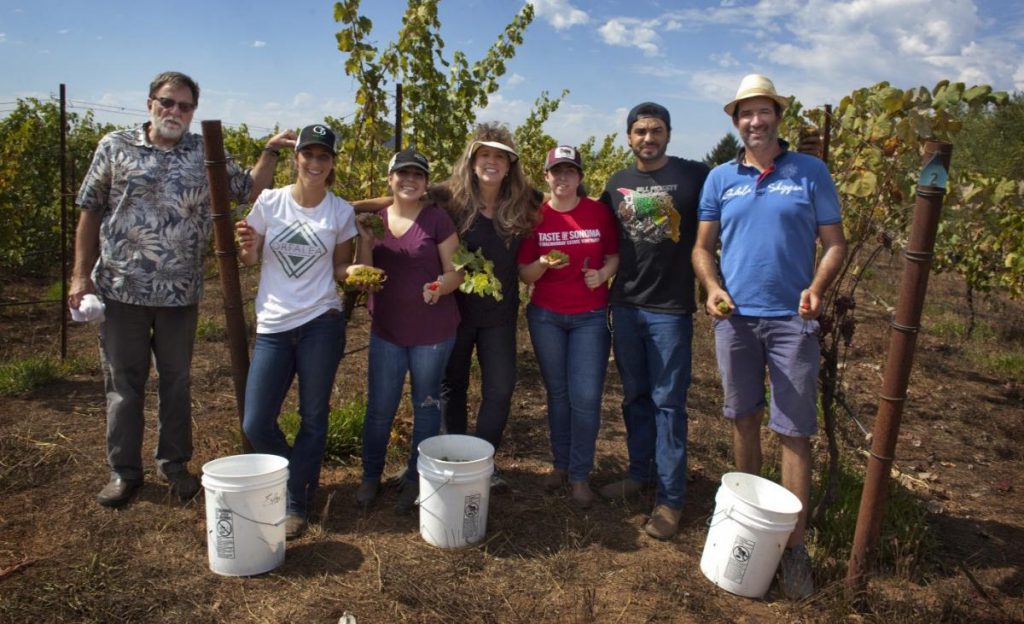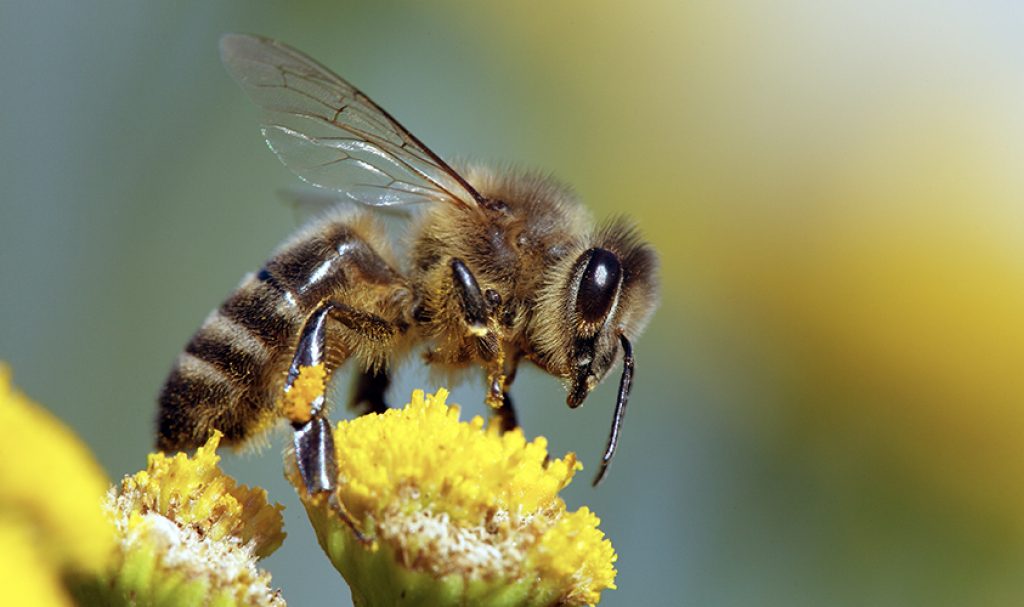
Wise old oak trees may hold an extract that citrus growers can use to protect their fruit trees from the deadliest citrus crop disease the world has known.
The plant disease is called huanglongbing, or HLB, also known as citrus greening. The disease shows its presence when leaves turn lighter shades of green.
According to University of Florida Institute of Food and Agricultural Science’s (UF/IFAS) officials, HLB is responsible for a 90 percent reduction in the production of Florida’s most valuable crop. (Note – it has also led to quarantines in several southern California counties).
“Research scientists work with a sense of urgency to contain the pathogen and to manage HLB’s impact on our important crop,” said Lorenzo Rossi, assistant professor of plant root biology at the UF/IFAS Indian River Research and Education Center (IRREC), located in Fort Pierce, at the center of the Indian River District. The district is known for its peerless grapefruit quality, where it borders the state’s central east coast, from its northernmost point in Micco, Florida, to its southernmost point in northern Palm Beach County.
For several years, growers across the state have noted that citrus trees that stood under oak tree canopies, or alongside oak trees, are healthy. However, grapefruit trees in a row or two away from the oak trees showed signs of HLB.
Rossi, along with his UF/IFAS and U.S. Department of Agriculture colleagues, works to develop management tactics for production of fruit on trees affected by HLB. Marco Pitino and Robert Shatters with the U.S. Department of Agriculture U.S. Horticultural Agricultural Service in Fort Pierce, along with Rossi, were responsible for design of the experiment and preparation of the manuscript. Liliana Cano, a plant pathologists with UF/IFAS, and Kasie Sturgeon, Christina Dorado and John Manthey were responsible for planning, conducting the experiment, and analysis of data and preparation of the manuscript.
Rossi’s co-workers who study citrus horticulture and hydrology developed water and nutrition management practices. Irrigation and plant nutrition remedies help HLB-affected trees tolerate the disease and extend their production years. Projects funded by the Citrus Research Development Foundation and the USDA are underway.
Rossi and his collaborative research scientists have also been conducting research experiments to test the growers’ field observations, which they found to be a positive option to help the growers manage operations with infected fruit trees. The scientists’ work appears in this month’s issue of Plant Physiology and Biochemistry, an internationally prominent science journal. “Quercus leaf extracts display curative effects against Candidatus Liberibacter asiaticus that restore leaf physiological parameters in HLB-affected citrus trees,” is the publication title. Quercus is Latin for oak; Candidatus Liberibacter asiaticus is the scientific name for HLB.
“We found that the application of oak leaf extracts in a greenhouse provides substantial inhibitory effects against the bacterium that causes HLB,” said Rossi.
The researchers’ findings were that citrus leaves treated with oak extracts showed a decrease in the presence of bacteria. Other research results were increased chlorophyll content and plant nutrition. The HLB-affected citrus plants treated with oak leaf extract were better able to uptake nutrients than were the citrus plants treated with only water.
“This study suggests that oak leaf extract will provide a new management treatment program to protect trees that have HLB,” said Rossi. “We will continue to develop a protocol for growers to produce our high-value citrus crops and to reduce the symptoms of HLB on the trees.



